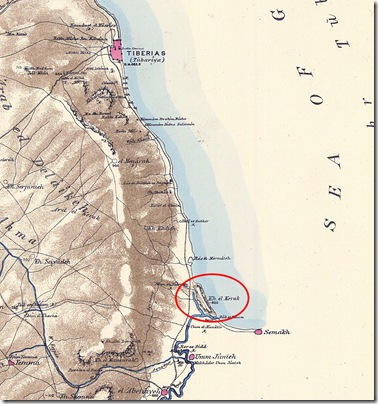From the UCLA Newsroom:
If she actually existed, the Queen of Sheba may have been African. Then again, she could have been Arab. While she may have been from Yemen, near today’s city of Ma’rib, she probably was also active in Ethiopia, near the modern city of Aksum. But so far, archaeologists have not found a tomb, palace or temple that can be definitively attributed to the prominent figure from the Hebrew Bible and the Quran. "We know there was an empire that spanned about 1,000 years and had many queens and kings," said Michael Harrower, a postdoctoral fellow at UCLA’s Cotsen Institute of Archaeology. "But we don’t have archaeological evidence for a specific queen that we can say was Sheba. In fact, the biblical character may be a compilation or summary of history of the time." But if archaeology so far has not uncovered the historic Sheba, it has made considerable headway in understanding the 3,000-year-old empire that archaeologists call the Kingdom of Saba — the Arabic name for "Sheba" — whose location and era are consistent with biblical accounts of the queen. On Saturday, April 3, the Cotsen Institute will present a talk at which Harrower and NASA Jet Propulsion Laboratory principal scientist Ronald Blom will discuss these findings. The free event, which is open to the public, begins at 2 p.m. in the Lenart Auditorium of the Fowler Museum at UCLA, on the Westwood campus. Parking is available in Lot 4 for $10. Showcasing the latest advancements in satellite imagery and computer mapping, "The Ancient Universe of the Queen of Sheba" will explore a 200,000-square-mile-area, stretching east from Ethiopia across the Red Sea into Yemen and Oman on the southern Arabian Peninsula. Topics will include the Kingdom of Saba’s impressive irrigation system, its coveted reserves of frankincense and its long-distance trade routes to the Mediterranean.

